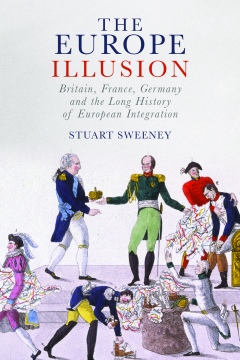
Additional Information
Book Details
Abstract
Leonardo da Vinci (1452–1519) was one of the pre-eminent figures of the Italian Renaissance – he was also one of the most paradoxical. He spent an incredible amount of time writing notebooks, perhaps even more time than he ever held a brush, yet at the same time Leonardo was Renaissance culture’s most fanatical critic of the word. When Leonardo criticized writing he criticized it as an expert on words; when he was painting, writing remained in the back of his mind.
In this book, Joost Keizer argues that the comparison between word and image fuelled Leonardo’s thought. The paradoxes at the heart of Leonardo’s ideas and practice also defined some of Renaissance culture’s central assumptions about culture and nature: that there is a look to script, that painting offered a path out of culture and back to nature, that the meaning of images emerged in comparison with words, and that the difference between image-making and writing also amounted to a difference in the experience of time.
Table of Contents
| Section Title | Page | Action | Price |
|---|---|---|---|
| Cover | Cover | ||
| Title Page | 3 | ||
| Imprint Page | 4 | ||
| Contents | 5 | ||
| Introduction: Brexit, Populist Aberration or Slow Burn Revolt? | 7 | ||
| 1: From Holy Roman Empire to German Empire: Wars, Politics and Diplomacy, 1648–1864 | 16 | ||
| 2: From Bismarck to Brexit: Wars, Politics and Diplomacy, 1864–2018 | 62 | ||
| 3: Cameralism to Cobden-Chevalier: Economics of European Integration, 1648–1871 | 106 | ||
| 4: Bismarck’s Gold Standard to EMU: Economics of European Integration, 1871–2018 | 145 | ||
| 5: From Empire Plantations to Boers and Boxers: Empires, Migrations and Europe, 1648–1904 | 198 | ||
| 6: From Entente to Enlargement: Empires, Migrations and Europe, 1902–2018 | 237 | ||
| 7: Religion and the ‘Other’ in Europe, 1648–2018 | 278 | ||
| Conclusion | 330 | ||
| References | 349 | ||
| Bibliography | 364 | ||
| Acknowledgements | 375 | ||
| Index | 377 |
